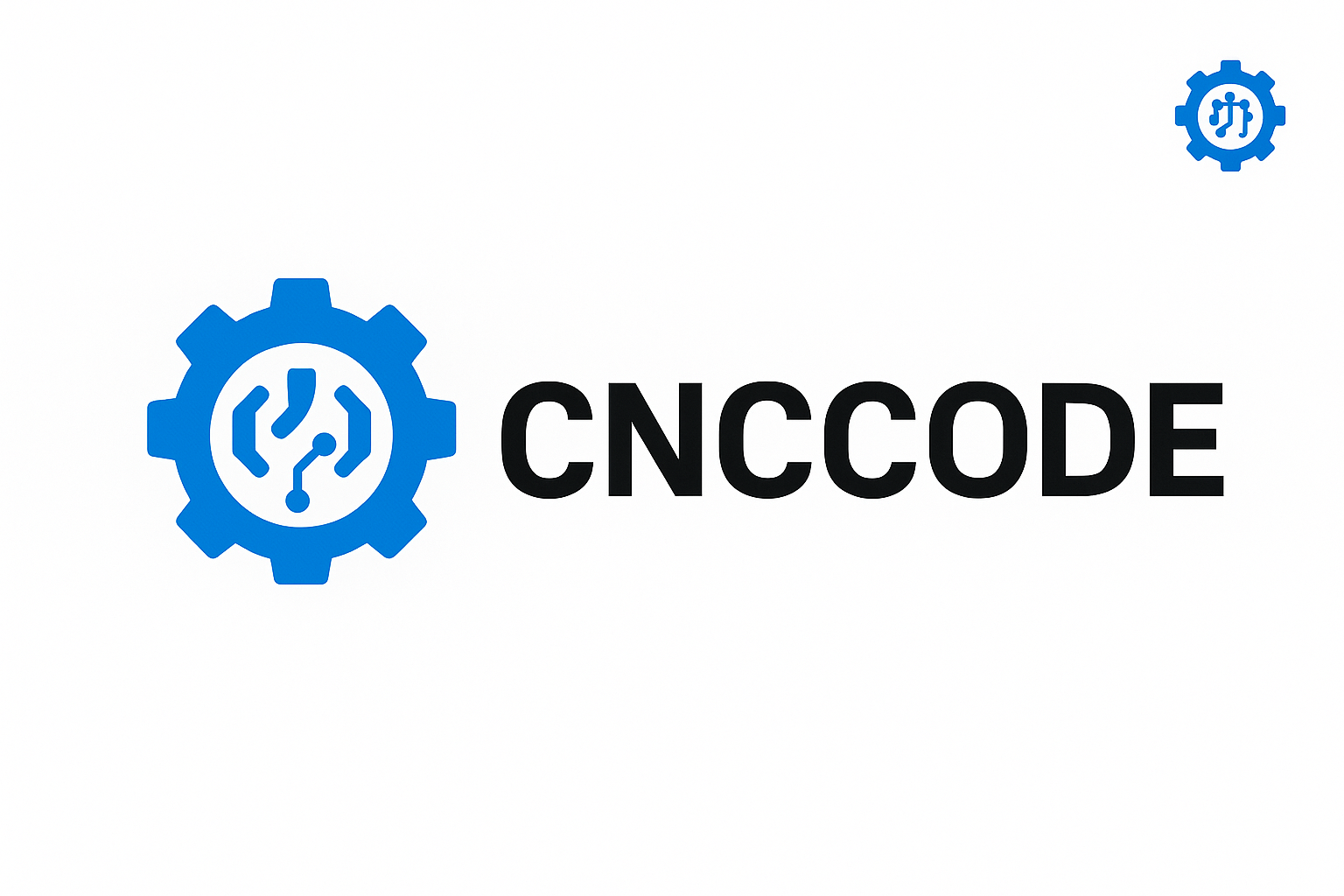Explore the best materials for CNC machining in 2025—from aluminum and titanium to carbon fiber and PEEK. Learn optimal speeds, feeds, tools, and cutting strategies for each.
CNC Materials & Machining Techniques: The Ultimate Guide to Cutting Steel, Aluminum, Titanium, Composites & More in 2025
CNC machining in 2025 demands a deep understanding of materials and their machining properties. Whether you’re working with aluminum, stainless steel, titanium, or modern composites like carbon fiber and PEEK, this guide offers advanced insights into tool selection, cutting strategies, and machine setup to ensure optimal results with minimal tool wear and maximum profit.
1. Aluminum – Lightweight, Fast Machining, High TBM
Aluminum is the most popular CNC material due to its ease of machining, affordability, and widespread use in aerospace, automotive, and electronics. Common grades include 6061, 7075, and 2024.
- Ideal Feeds/Speeds: 800–1200 SFM, 0.002–0.005”/tooth
- Tools: Carbide end mills with high flute count (3–5)
- TBM Keywords: “aluminum CNC cutting speed”, “best end mill for aluminum”, “aluminum CNC tool life”
2. Steel – Strong, Durable, Tool-Intensive
Machining steel requires stiffer setups and robust tooling. Grades like 1018 (mild), 4140 (alloy), and A36 (structural) are common in general engineering.
- Ideal Feeds/Speeds: 200–600 SFM, heavy coolant flow
- Tools: Coated carbide (TiAlN or AlTiN), low helix angle
- TBM Keywords: “steel CNC machining tips”, “4140 CNC cutting parameters”, “coolant for steel milling”
3. Stainless Steel – Tough, Heat-Resistant, Expensive
Grades like 304, 316, and 17-4 PH offer corrosion resistance and are used in medical, food, and marine applications. These materials require slow feed rates, powerful spindles, and anti-vibration setups.
- Feeds/Speeds: 100–300 SFM, low depth of cut
- Tools: Solid carbide or coated inserts
- TBM Keywords: “stainless CNC feed rate”, “machining 17-4 PH steel”, “best coolant for stainless”
4. Titanium – Aerospace Grade, High Risk, High Reward
Titanium’s strength-to-weight ratio makes it ideal for aerospace, medical implants, and defense. But it generates high heat, leading to tool chipping or fusion welding on tools.
- Speeds: 60–120 SFM, use low stepdown
- Tools: High-rigidity end mills, lots of coolant
- TBM Keywords: “CNC titanium milling strategies”, “tool wear on titanium”, “best tools for Ti6Al4V”
5. Plastics – ABS, Nylon, Delrin, PEEK
Plastics offer easy machining, low cost, and quick prototyping. PEEK and Delrin are used in electronics and medical fields. Avoid overheating and melting by using low RPM and sharp tools.
- Common Issues: Burrs, stringing, melting
- Tools: Single-flute end mills, air blast
- TBM Keywords: “PEEK CNC machining”, “Delrin tool path”, “plastic milling without melting”
6. Carbon Fiber, Composites & Hybrid Materials
Carbon fiber and composite materials are used in aerospace, automotive, and medical fields. They’re abrasive and cause rapid tool wear—diamond-coated or ceramic tools are preferred.
- Challenges: Delamination, fiber pull-out, dust
- Best Practices: Use sharp tools, minimal force, vacuum extraction
- TBM Keywords: “CNC composite machining”, “carbon fiber tool life”, “dust control in carbon cutting”
Comparison Table: CNC Material Properties & Techniques
| Material | Ease of Machining | Tool Wear | Ideal Use |
|---|---|---|---|
| Aluminum | High | Low | Aerospace, Electronics |
| Steel | Medium | Medium | Structural, Automotive |
| Stainless Steel | Low | High | Medical, Marine |
| Titanium | Low | Very High | Aerospace, Implants |
| Carbon Fiber | Medium | Very High | Motorsport, Drones |
| Plastics (PEEK, Delrin) | High | Low | Medical, Prototyping |
Conclusion: Choosing the Right Material for Precision & Profit
With materials like titanium and carbon fiber gaining popularity, understanding their machining characteristics is more critical than ever. Choose materials based on part function, cost, and machinability to maintain high productivity and tool longevity. Always consider coolant, chip evacuation, and tool coatings to optimize CNC performance and minimize TBM losses.
From aluminum’s speed to titanium’s strength, knowing your CNC materials is the key to smarter, safer, and more profitable manufacturing in 2025 and beyond.

Leave a comment